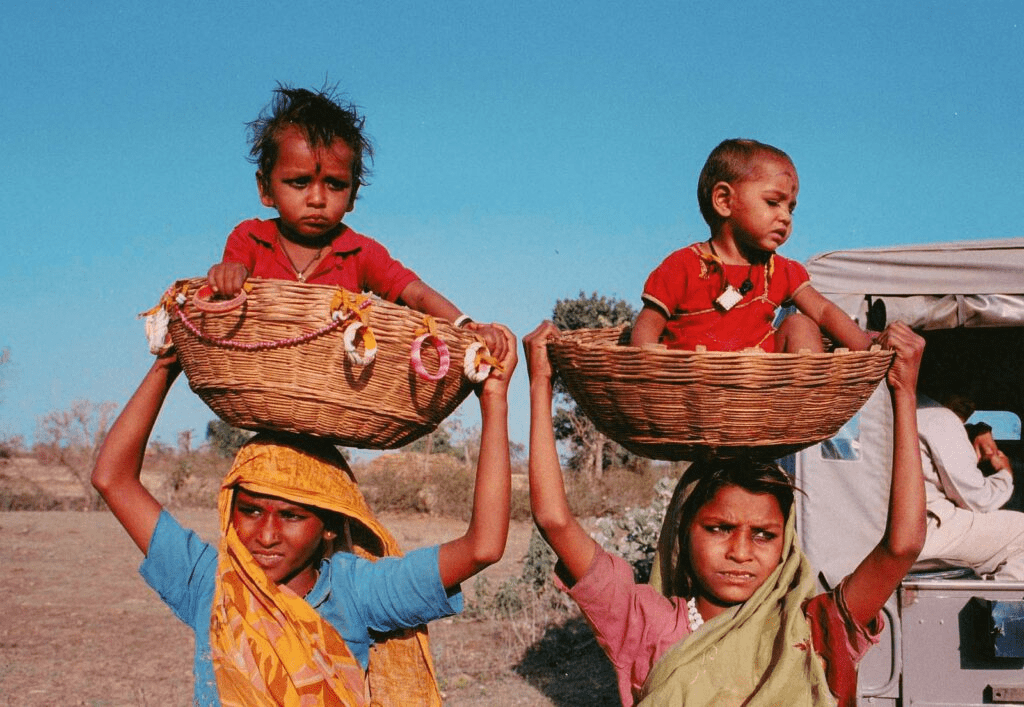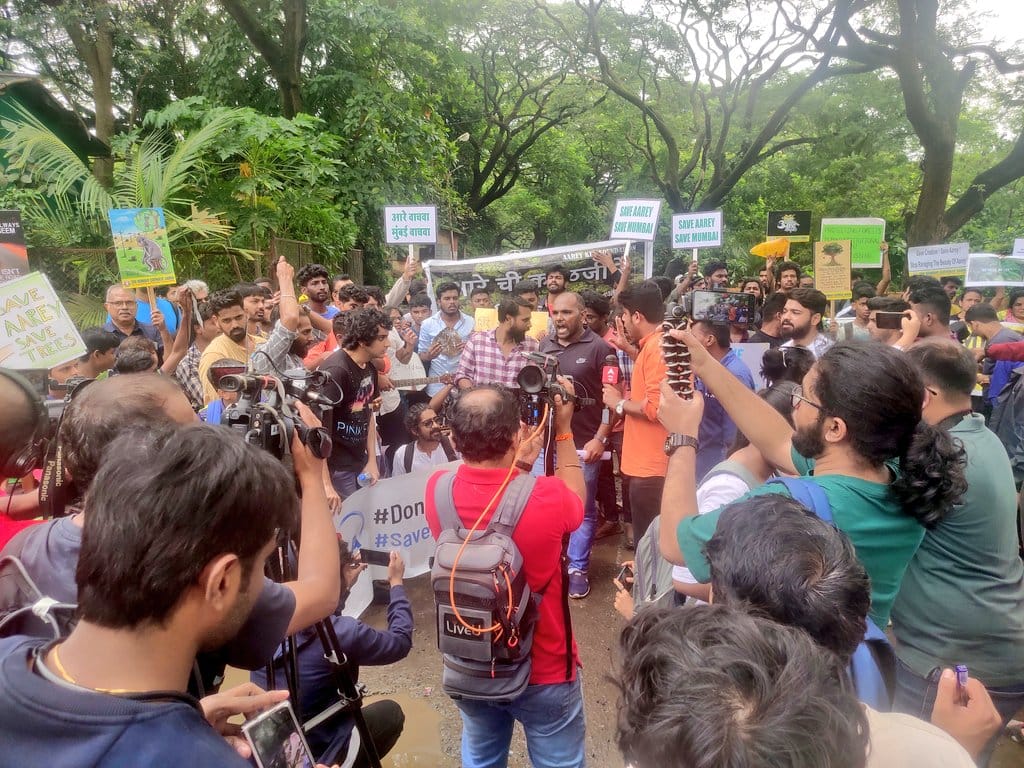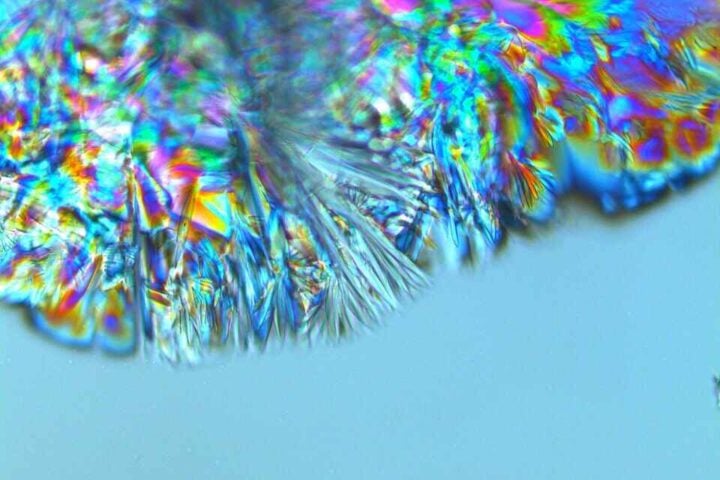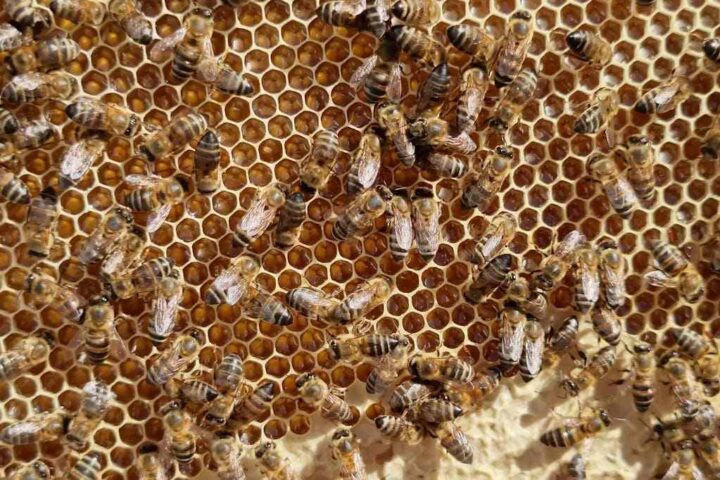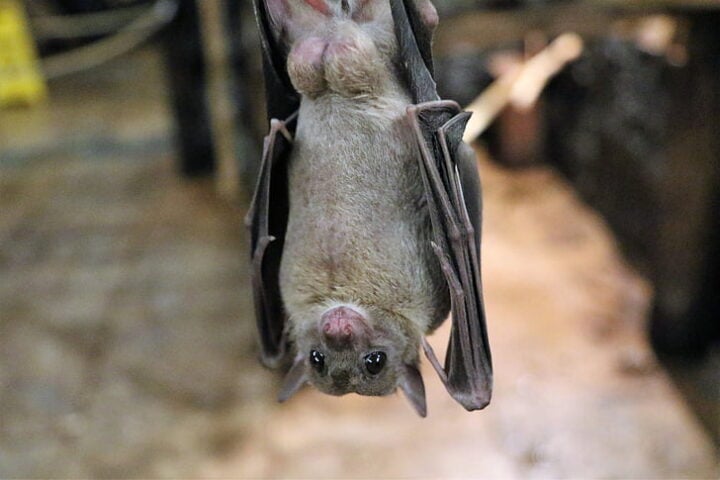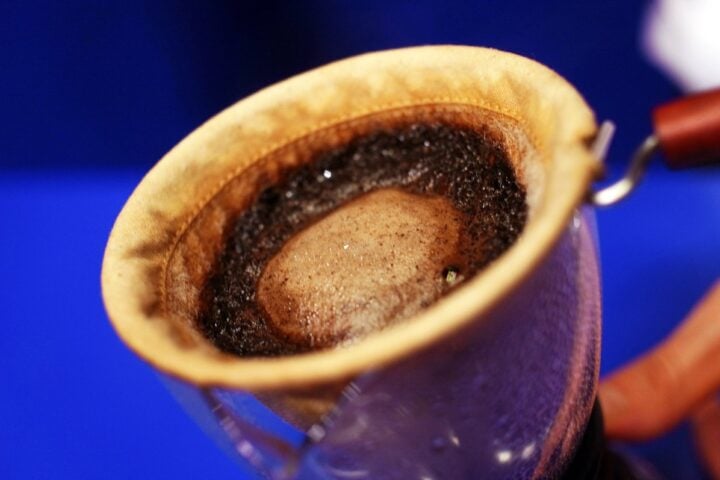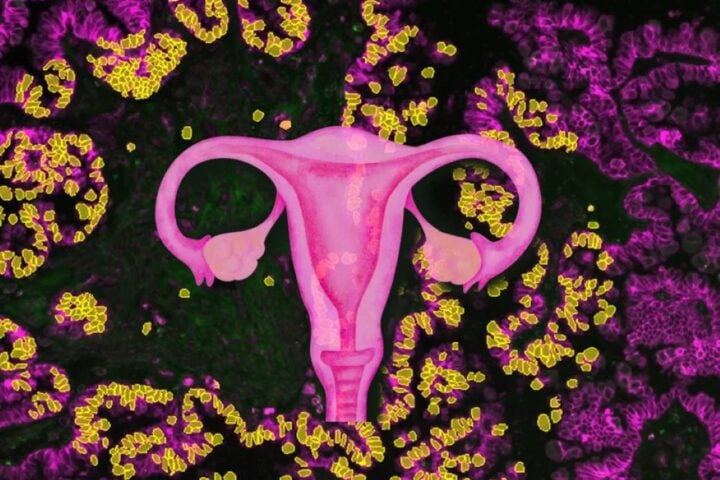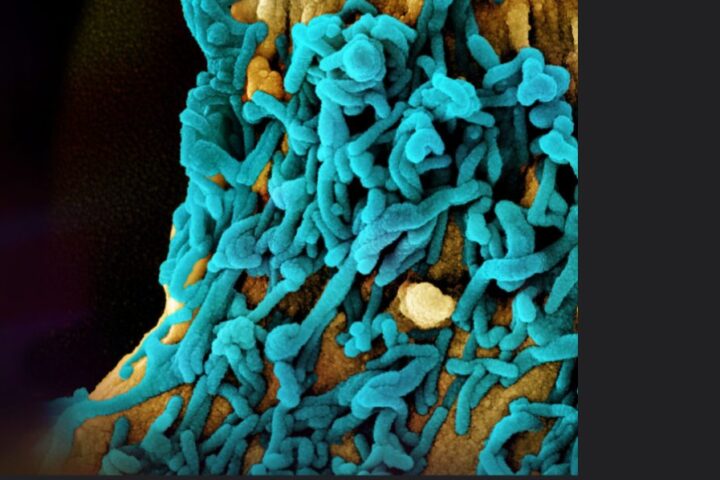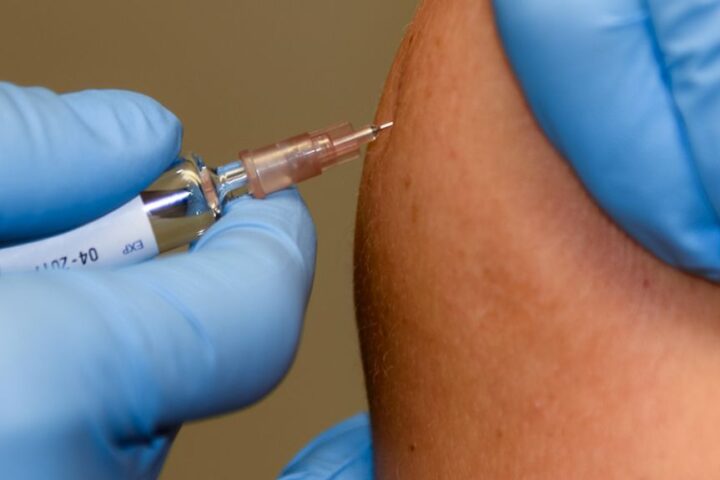Photo by: Peter van der Sluijs
The 2019–21 National Family Health Survey (NFHS) anthropometric height and weight data allow for the measurement and assessment of the nutritional status of young children in India. This assessment enables the identification of a child population that is more vulnerable to stunted growth, illness, poor mental development, and mortality. Children under the age of five were assessed for weight and height for the 2019–21 NFHS. Three indices—height-for-age, weight-for-height, and weight-for-age—were developed using children’s height/length, weight, and age data. Each of these indices offers various data on development and body composition for determining nutritional health. Low height for age, often known as stunting, is a symptom of chronic undernutrition and indicates a pattern of inadequate nutrition over an extended period of time. Recurrent and chronic illnesses can also have an impact on stunting. Wasting, also known as low weight-for-height, is a metric for acute undernutrition that indicates that a person did not obtain enough nutrition in the weeks or months before the survey. Wasting may result from insufficient dietary intake or a recent sickness that caused weight loss. Overweight (high weight-for-height), a sign of over-nutrition, is the reverse of wasting. A composite indicator called weight-for-age considers both acute and chronic undernutrition.
Children born to moms with low BMIs (18.5 kg/m2 or less) are more prone to be underweight, wasted, and stunted compared to offspring born to moms with normal BMIs or offspring born to mothers who are overweight or obese. Children stunt more frequently in rural regions (37%) than in urban environments (30%).
Meghalaya has the greatest incidence of stunting in children under the age of five (47%) followed by Bihar (43%) and the states of Uttar Pradesh and Jharkhand each of them (40%) while Pondicherry (20%) and Sikkim (22%) have the lowest prevalence. Children who are underweight are most prevalent in Bihar (41%). Maharashtra (26%) has the highest rate of wastage. For both the mother and the child, breastfeeding should be started as soon as possible. Colostrum, which is extremely nutritious and includes antibodies that shield the infant from illnesses, is found in the initial breastfeeding. Breast milk is
an unadulterated food source that is full of all the nutrients babies require throughout their first six months of life. In the first six months of life, it is advised that babies be nursed exclusively—that is, just breast milk—to them. In children under six months, the percentage of infants exclusively breastfed climbed from 55% in 2015–16 to 64% in 2019–21.
To support proper growth and development, infants and young children should be fed a minimum acceptable diet (MAD). Infants and early children are more prone to undernutrition, particularly stunting and micronutrient deficiencies, as well as higher mortality and death rates, without enough variety and meal frequency. For breastfed and bottle-fed children, the separate minimum acceptable diet guidelines—which include dietary diversity and minimum meal frequency—apply.
A good indicator of the micronutrient richness of foods is dietary diversification. Feeding the child requires ensuring that they receive food from at least four different food groups. Both breastfeeding and bottle-fed youngsters had healthier diets when four food categories were eliminated.
Meghalaya has the greatest (29% of children aged 6-23 months) who obtain a minimum acceptable diet, while Uttar Pradesh and Gujarat have the lowest (6% each). Children that have been breastfed exhibit the same tendency.
